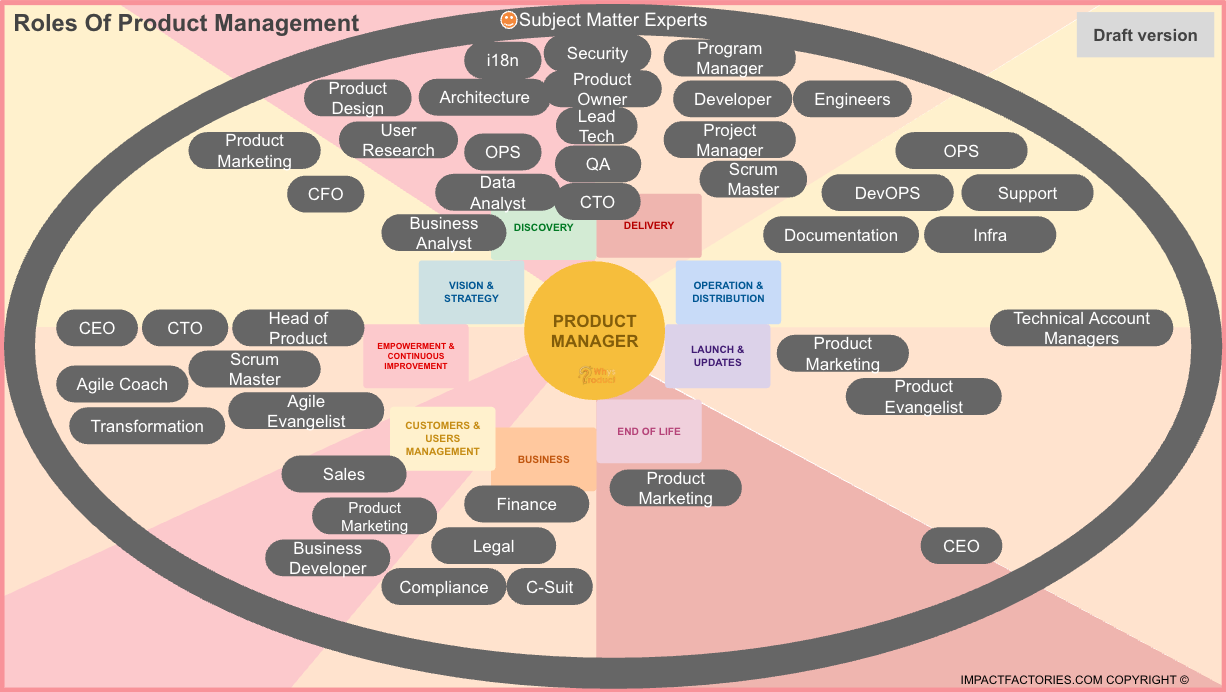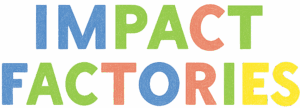The Product Manager is generally described as the person responsible for orchestrating the design, evolution, and improvement of a product – or part of it. Their role is to navigate the complexity of the organization and its broader ecosystem, both internal and external, to ensure that the company’s ambition is clearly and effectively translated into the product. In practice, the scope of a Product Manager’s responsibilities varies greatly depending on the company’s structure and level of maturity. This is precisely what makes it difficult to standardize the role or provide a universal definition of its activities. The positioning of key skills is therefore relative: while some PMs are limited to implementing a vision defined by Marketing or R&D, others take on the responsibility of formulating that vision themselves, breaking it down into objectives, and feeding it into the product roadmap. In some organizations, the Product Manager is embedded within R&D to translate company strategy into product strategy. Elsewhere, they are closer to the business and the market, acting as the voice of the user or customer within the company. When the role is reduced to operational management of priorities and user stories, it leans toward that of the Product Owner – a specialization recognized in agile environments. This diversity of interpretations stems from the fact that the Product Manager often compensates for the absence of structured roles around the product (UX Research, UX Design, Business Analyst, Data Analyst, Product Marketing, etc.). Depending on the needs, these responsibilities are naturally assigned to them, which increases their workload but also strengthens their versatility.


Product Manager Profiles
Product Manager Specializations
Seniority Levels and Hierarchy in Product Management
Author of Impact Factories / Co-founder of Shy Robotics and Product Whys / Head of Product at Dassault Systèmes / Engineer passionate about innovation and entrepreneurship
Full bibliography here
